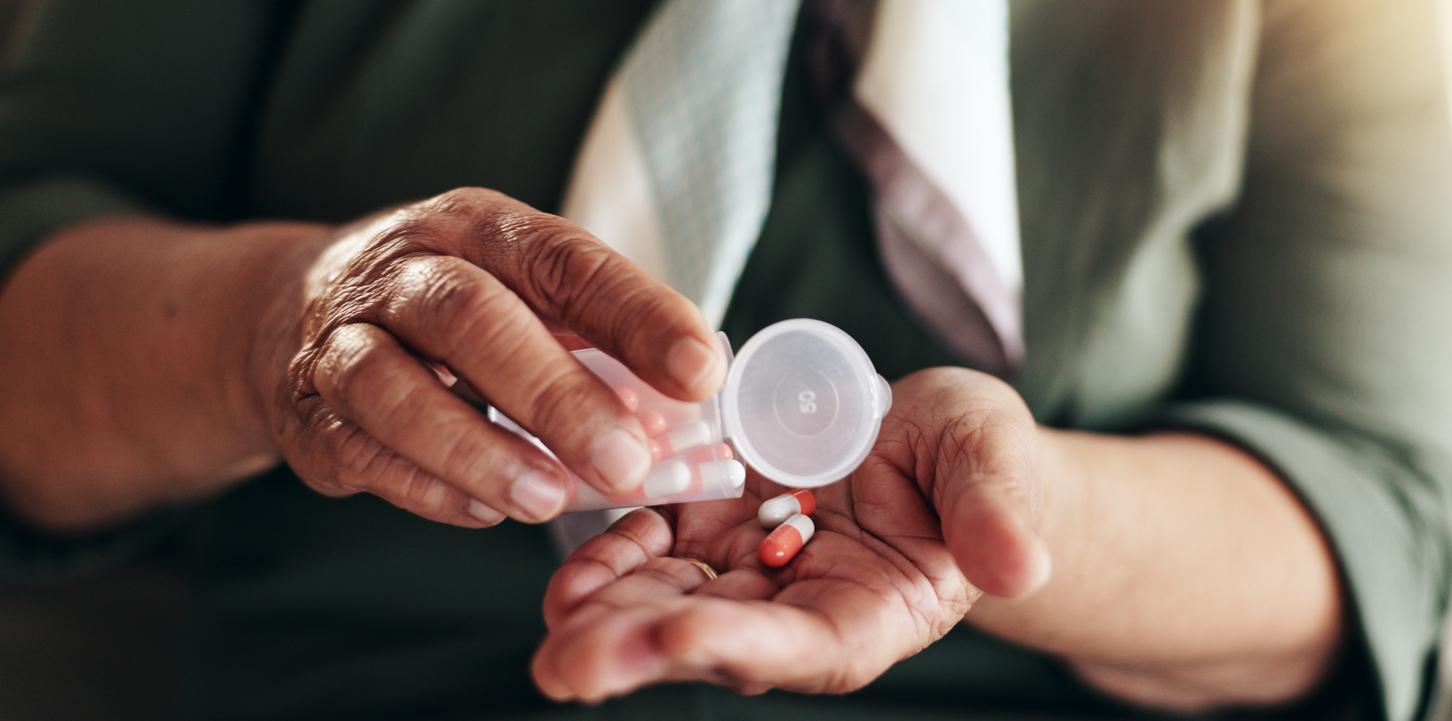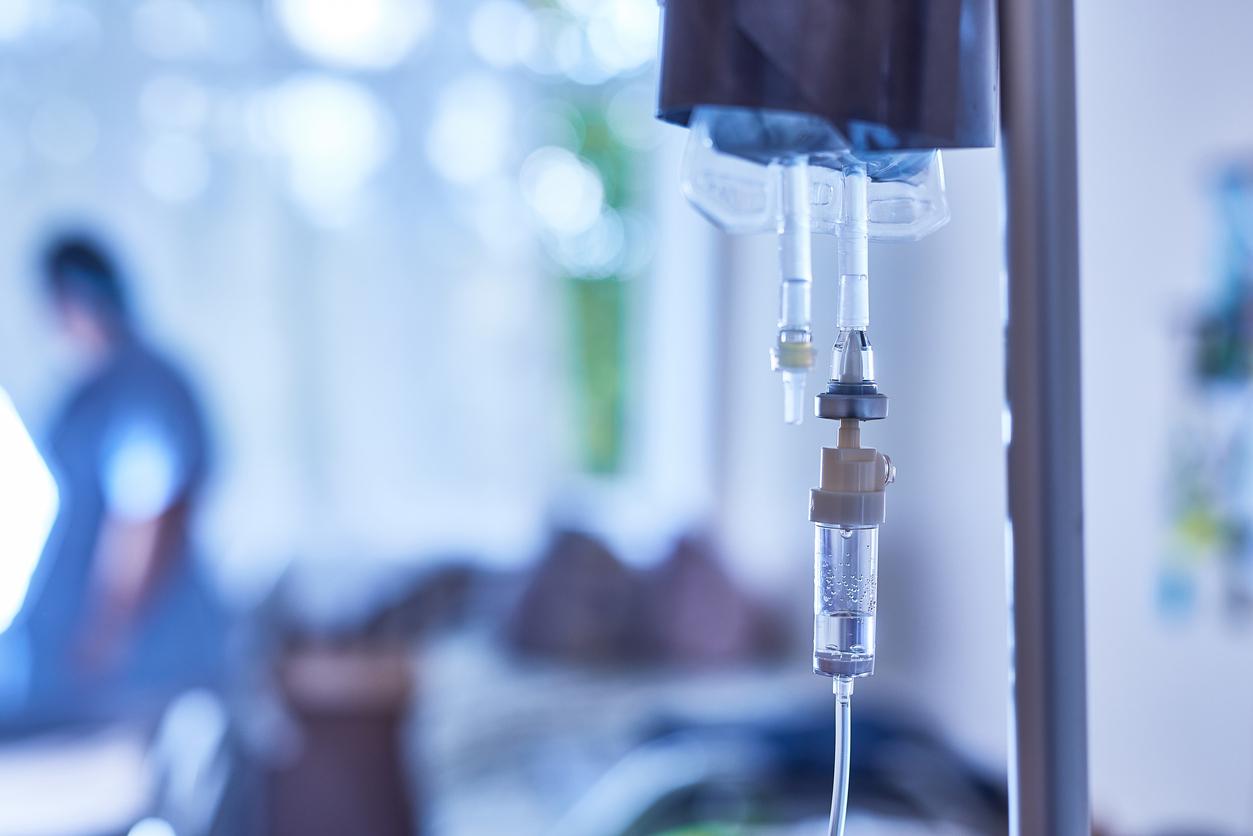The day after the national day for the prevention and screening of skin cancer, the Academy of Medicine warns against tanning booths whose artificial UV rays promote skin cancer. “It is now recognized that the UV rays received from lamps are added to those received from the sun and increase the risk of cancer while accelerating the aging of the skin,” the institution recalls in a press release. The bad weather reinforces the fears of the Academy of Medicine of a rush for solariums.
For years, health authorities have been raising awareness of the risk of using artificial UV rays for tanning. It is “a practice known to be at risk by all scientific and health authorities around the world” continues the Academy of Medicine.
The UV rays emitted during a tanning session in the cabin are mainly UVA. Their emission in the cabin, greater than the normal dose in the sun, represents a danger that can “lead in a very short time to serious burns in particularly sensitive or photosensitized individuals, for example, by taking medication”. UVA rays are also accused of weakening the immune system and “promoting the appearance of opportunistic diseases of viral, bacterial and parasitic origin” such as measles, herpes or chickenpox.
The risk of skin cancer when using UV rays is very high, especially in people with white, melano-sensitive skin. Artificial sources of UV are classified as carcinogenic by the International Agency for Research on Cancer.
Ultimately, a UV session boils down to taking a lot of risks for little expected benefit, because contrary to popular belief it does not prepare for the sun and does not restore morale, as light therapy can do.
















